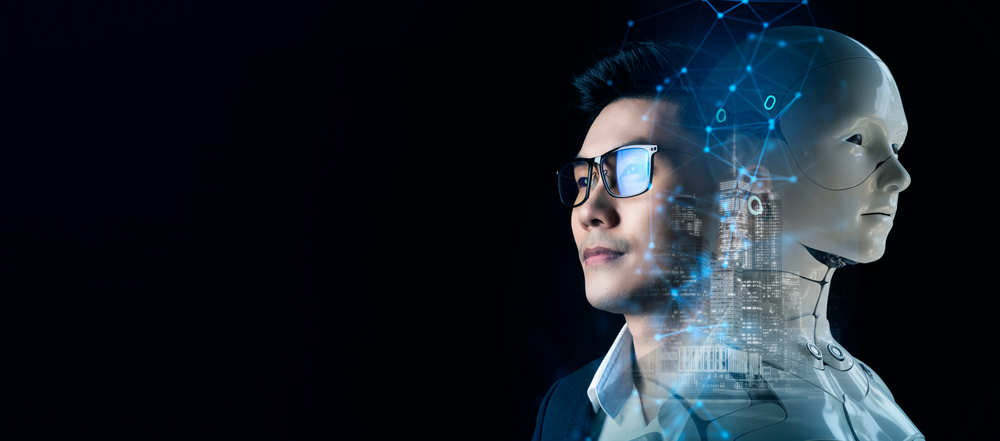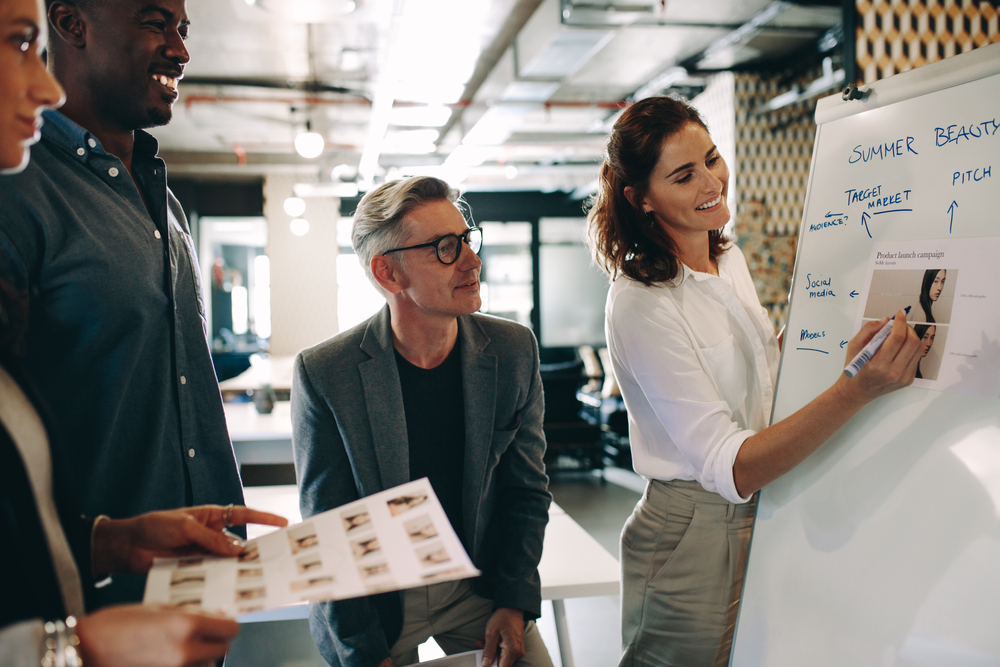Tyra Douyon - April 7, 2023

Popular sci-fi films like iRobot, Ex-Machina, and 9 brought to life humankind’s theories about the world being inundated and eradicated by the robots we created. Today, the boundaries of where technology should be used and the extent of our programming are being blurred, and the distinction between fiction and reality is becoming less apparent.
Just a few months ago, AI-generated artwork was taking social media by storm. From your favorite celebrities like Michaela Jaé Rodriguez from Pose, and Chance the Rapper, to your hairstylist and next-door neighbor, almost everyone was posting inspired portraits that turned them into aliens, fairies, and superheroes. But just like any mainstream craze that sweeps the internet, the critics weren’t too far behind. Although this time, they uncovered the ramifications that could affect the way we critique and celebrate human creativity if we continue programming AI-generated computers with our original ideas.
The upgraded AI selfies come from the photo-editing app Lensa AI through its “Magic Avatars” feature. The easy-to-use app generates original images of users’ likenesses rendered in various artistic styles. After paying $3.99 to use the basic feature, users upload 10–20 selfies and Lensa delivers 50 stylized portraits that look like they’re the work of several award-winning digital artists.

After the likes and comments were initially dished out, users began to speculate how Lensa could create such amazing images in a short amount of time. Lensa explained that the app is “built on Stable Diffusion’s free, open-source image generator.” In other words, the technology modifies existing artwork from real-life artists. This reveal created a host of implications for users. Many people started advocating for ethical principles, suggesting that instead of giving away thousands of dollars to companies, people should support the original artists that the AI was designed to imitate.
Additionally, other controversies have risen in recent months.
Lensa developer Prisma responded to many of these claims by taking to a Twitter thread stating, “AI produces unique images based on the principles derived from data, but it can’t ideate and imagine things on its own. As cinema didn’t kill theater and accounting software hasn’t eradicated the profession, AI won’t replace artists but can become a great assisting tool.”

In the aftermath of the issues surrounding AI-generated art, AI-generated writing programs began to popularize and integrate not only the creative writing world but professional and educational sectors as well. AI writing technologies use machine learning algorithms to generate written content automatically. This can include everything from news articles and product descriptions to blog posts and social media content.
One of the most popular AI writing technologies is GPT-3, a language model developed by OpenAI that can generate coherent and convincing text in a variety of styles and formats. GPT-3 has already been used to generate news articles, short stories, and even entire novels, and it is quickly becoming a go-to tool for content creators and marketers. It makes writing and editing short and long-form content easier, more accessible, and faster than ever before. In the workplace, it’s said to have increased employee engagement and contributed to organizational success mostly due to the reduced workload and creation time when employees use the AI program to complete a task.
Although AI writing programs provide a vast amount of positives, the emergence of GPT-3 has also brought forth conversations about technology unemployment that could result if humans are replaced by these programs. Technology has been created to improve efficiency for decades starting in manual-labor factories and car assembly lines, but now it’s encroaching on computer-based office jobs and other technology-heavy professions like the education sector and advertising industry.
The answer to some of the pressures against AI is to see it as the tool it’s meant to be and not a replacement for human creativity. A writing program may be able to create a grammatically correct sentence or rewrite a paragraph to be more succinct, but it shouldn’t be relied on to generate original ideas or be eligible to win competitions.
A computer program lacks the capacity to fully replace humans because it’s not a living entity. The simple fact is that technology is programmed, not created, so whatever AI-generated art and writing programs do, they will only be mimicking human capabilities. A successful, creative advertisement relies on complex analytics, market research, strategy, and originality– which is in direct contrast to what AI is able to accomplish. Additionally, while AI programs are doing amazing things, there are still large margins of error that are being found within these programs. Incorrect information, implicit bias, stereotypes, propaganda, and misogynoir are just some of the hurdles AI will need to tackle in order to heavily integrate these programs into our professional industries.
AI technologies are transforming the way we create and consume art, literature, and other forms of creative expression, and they are also having a significant impact on our culture. Critics argue that AI-generated programs could devalue the role of human creativity and this can impact various industries since many positions are equally creative and analytical.
Overall, AI art and writing technologies are having a significant impact on our culture, and their influence is likely to continue to grow in the coming years. While there are both benefits and concerns associated with these technologies, there is no doubt that they are transforming the way we create and consume creative content, and they will continue to shape our culture for years to come.